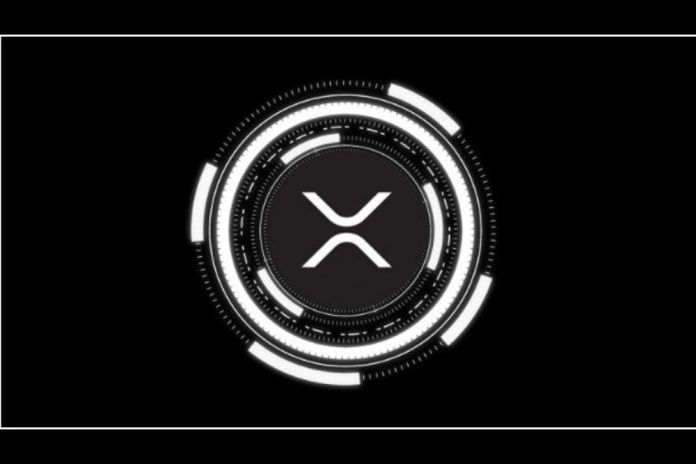Crypto Eri (@sentosumosaba), a prominent voice in the crypto world, posted this and shared a clip of an X Space where prominent crypto figures discussed XRP. The space featured Mr. Intuitive, Dark Horse, and Vet, a validator on the XRP Ledger (XRPL).
The conversation centered on Ripple’s announcement to use RLUSD, a Ripple-issued stablecoin, for liquidity and payments, raising questions about XRP’s future. Ripple President Monica Long recently revealed that the RLUSD stablecoin would be primarily used for settlement purposes.
This decision to utilize RLUSD instead of other stablecoins like USDT and USDC has led to speculation about whether Ripple is moving away from XRP. Dark Horse argued that Ripple had “given up” on XRP, relegating it to a mere bridging token. This viewpoint was contested by Mr. Intuitive, who suggested that the shift to RLUSD merely indicated a new strategic focus, rather than a total shift from XRP.
Ripple’s Strategic Shift
XRP has historically been positioned as a bridging currency, facilitating cross-border transactions by providing liquidity and enabling efficient currency conversion. This function is particularly critical in low liquidity areas, where the token can serve as an intermediary to optimize conversion rates.
Vet emphasized that the XRPL’s auto-bridge function allows the token to bridge asset pairs only when it results in better liquidity, which enhances its utility without mandating its use in all transactions.
The utility of XRP as a bridging currency hinges on its liquidity, especially in markets with limited liquidity. Ripple has actively incentivized low liquidity zones by selling XRP to ensure availability, enhancing its bridging capability, and maintaining its role in cross-border transactions.
RLUSD offers stability by being pegged to fiat currencies. Ripple’s integration of RLUSD for liquidity and payments offers a predictable value proposition for transactions. The strategic shift to stablecoins could be an effort to complement the token’s bridging function with stable, fiat-pegged alternatives that enhance Ripple’s overall payment infrastructure.
We are on twitter, follow us to connect with us :- @TimesTabloid1
— TimesTabloid (@TimesTabloid1) July 15, 2023
Mr. Intuitive and Dark Horse’s debate also highlighted the need to distinguish between cross-border liquidity and cross-border payments. Cross-border liquidity involves ensuring the availability of assets to facilitate transactions across borders, while cross-border payments pertain to the actual transfer of value between entities in different countries.
XRP’s role in cross-border liquidity remains significant, providing a necessary function for efficient currency conversion, especially in low-liquidity markets. Conversely, stablecoins like RLUSD can offer a stable medium for cross-border payments.
By leveraging the strengths of both XRP and stablecoins, Ripple aims to enhance its ecosystem’s efficiency and stability. This dual approach allows Ripple to address varying market needs, ensuring robust liquidity through XRP while providing stable payment solutions via RLUSD.
Disclaimer: This content is meant to inform and should not be considered financial advice. The views expressed in this article may include the author’s personal opinions and do not represent Times Tabloid’s opinion. Readers are urged to do in-depth research before making any investment decisions. Any action taken by the reader is strictly at their own risk. Times Tabloid is not responsible for any financial losses.
Follow us on Twitter, Facebook, Telegram, and Google News


